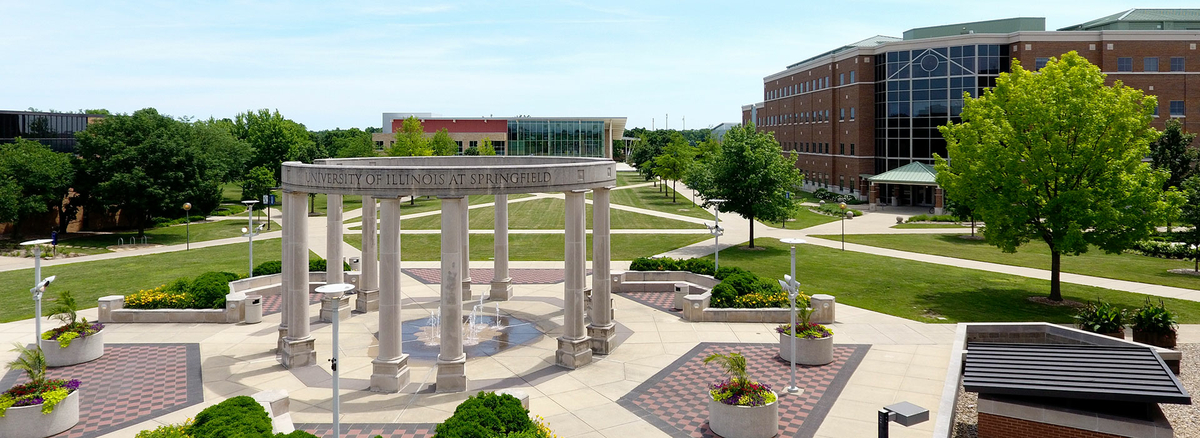Diversity = Variety
Diversity equals variety and it doesn’t take much looking around to see that America is a diverse land of many people with different ethnicities,religions, beliefs, and languages. You can see this on a college campus, at the mall, on TV, or just by visiting various neighborhoods. This diversity has been a key ingredient of American culture since its very beginning as a nation, and even before with the hundreds of Native American groups who lived across the land. In fact, much of America’s power, creativity, and vitality come from this diversity.
We all probably know many people who have something that sets them apart from the norm. All of these people have feelings and deserve to feel accepted for who they are. Everyone has something to offer, even if it’s something unexpected, like a new hair cut or a new way of dressing. The more we learn about people, the more likely we are to realize that the myths and stereotypes we hear are unjust and not true.
Each and every one of us has our own experiences and personal beliefs. No one in the world is exactly alike. Do you have to agree with people to respect their right to have an opinion? No. But people with differing views and opinions can respect each other’s right to differ. No one is required to like the same music, practice the same religion, or even agree with someone elseís sexual preference. However, being willing to learn about these differences is a vital part of growing and learning new things.
Being open to seeing new things and learning about other people without negatively prejudging them is a form of tolerance. But does tolerance mean that all behaviors have to be accepted? No, of course not. On the contrary, behaviors that disrespect or harm others should not be tolerated. Respect is about accepting people for who they are, for their best selves, not about accepting bad behavior.
If peace is the goal, then tolerance is the method! Tolerance is a powerful, but often-misunderstood value. Ways to promote tolerance and respect include:
- Treating others the way you’d like to be treated (modeling tolerance and respect).
- Being open and receptive to the beauty of differences.
- Not judging a person on your first impression, which is usually based solely on the way he or she looks. Take the time to learn more about that person instead of focusing on what is on the surface.
- Keeping an open mind. It may be easier to spend time with people who seem just like you, but you can miss out on a lot of interesting experiences (e.g., conversations, foods, books, music and art, sports, religious ceremonies, and more).
- Be informed about what’s happening in America and the world and find out how you can contribute. You might volunteer at a social services or human rights organization. You might want to learn more about how you can combat hate. If you like to play music or write, you might try using those skills to express and share your feelings.
- Be exposed to different perspectives through books, music, food, and cultural events, and intervene when you hear or see intolerant behavior.
Remember, when we learn about and respect differences, we not only get to experience more of the world, we also open ourselves up to more opportunities. That’s because great jobs and career opportunities are going to the people who are comfortable working in a world that is becoming increasingly diverse. The Member States of the United Nations Educational, Scientific and Cultural Organizations (UNESCO) proclaimed 1995 as the “Year for Tolerance.” As we reflect on the value of tolerance, the Director General’s words help us to realize why we must promote this value:
“Tolerance is not concession, not indifference. Tolerance is the knowledge of the other. It is mutual respect through mutual understanding. Let’s throw out the old myths and take up the results of current research. Man is not violent by nature. Intolerance is not ‘ in our genes.’ Fear and ignorance are the root causes of intolerance, and its patterns can be imprinted on the human psyche from an early age.”
Source: United Nations Educational, Scientific and Cultural Organizations. (2005).
By Lywanda Bright



